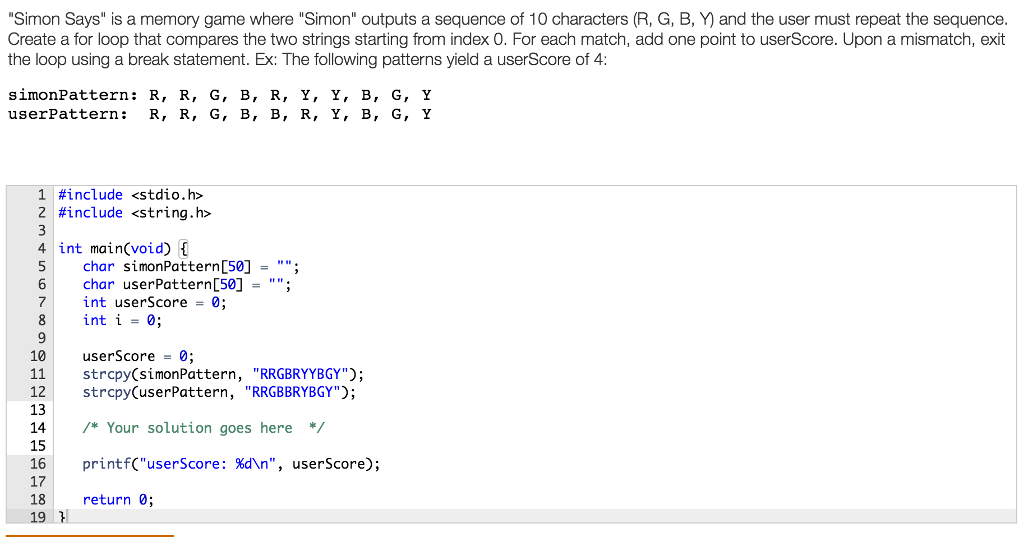
Since for can operate directly on sequences, and there is often no need to count. It is not: it is a Python built-in function which returns a sequence following a specific pattern (most often sequential integers), which thus meets the requirement of providing a sequence for the for statement to iterate over. The ''range'' function is seen so often in for statements that you might think range is part of the for syntax.

You can also have an optional else clause, which will run should the for loop exit cleanly - that is, without breaking. This is done using the break statement, which will immediately drop out of the loop and contine execution at the first statement after the block. Like the while loop, the for loop can be made to exit before the given object is finished. In Python, these are heavily used whenever someone has a list of lists - an iterable object within an iterable object.
BREAK FOR LOOP IN R CODE
When you have a block of code you want to run x number of times, then a block of code within that code which you want to run y number of times, you use what is known as a "nested loop". This means that you'll rarely be dealing with raw numbers when it comes to for loops in Python - great for just about anyone! You can define your own iterables by creating an object with next() and iter() methods. Having an iterable method basically means that the data can be presented in list form, where there are multiple values in an orderly fashion. Even strings, despite not having an iterable method - but we'll not get on to that here. Basically, any object with an iterable method can be used in a for loop.

In Python this is controlled instead by generating the appropriate sequence.

Many languages have conditions in the syntax of their for loop, such as a relational expression to determine if the loop is done, and an increment expression to determine the next loop value. If you've done any programming before, you have undoubtedly come across a for loop or an equivalent to it. You could use a for loop with a huge number in order to gain the same effect as a while loop, but what's the point of doing that when you have a construct that already exists? As the old saying goes, "why try to reinvent the wheel?". The for loop runs for a fixed amount - in this case, 3, while the while loop runs until the loop condition changes in this example, the condition is the boolean True which will never change, so it could theoretically run forever. Print("To infinity and beyond! We're getting close, on %d now!" % (x))Īs you can see, these loop constructs serve different purposes. While loop from 1 to infinity, therefore running forever. For example:įor loop from 0 to 2, therefore running 3 times. Contrast the for statement with the ''while'' loop, used when a condition needs to be checked each iteration, or to repeat a block of code forever. The Python for statement iterates over the members of a sequence in order, executing the block each time.

For loops are traditionally used when you have a block of code which you want to repeat a fixed number of times.


 0 kommentar(er)
0 kommentar(er)
